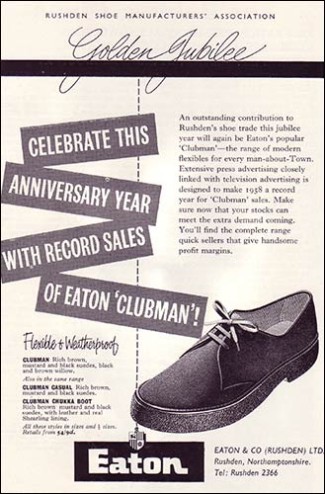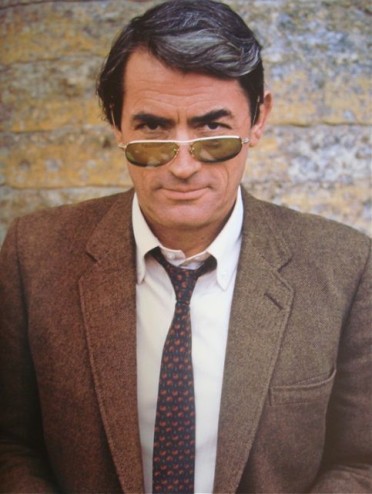Now normally, I'm with Herb Lester, in preferring the playboy in a chukka. There's something nice and solid about the feeling of facing the world in a good pair of suede chukka boots. However, these Eaton Clubman shoes look so nice I had to post this vintage 1958 advertisement from the trade … [Read more...] about Eaton Clubman Golden Jubilee! 1958
Archives for November 2011
Hollywood & The Ivy Look : Reel Art Press
(Above: Gregory looking im-Peck-able). On Thursday evening The Weejun attended the semi-underground launch of the much awaited coffee table tome, Hollywood & The Ivy Look at John Simons store in Chiltern St. Authored by Tony Nourmand, Graham Marsh, Alison Elangasinghe and one J.P. Gaul … [Read more...] about Hollywood & The Ivy Look : Reel Art Press

